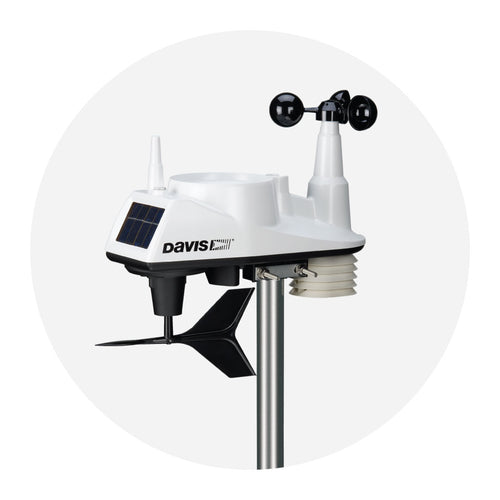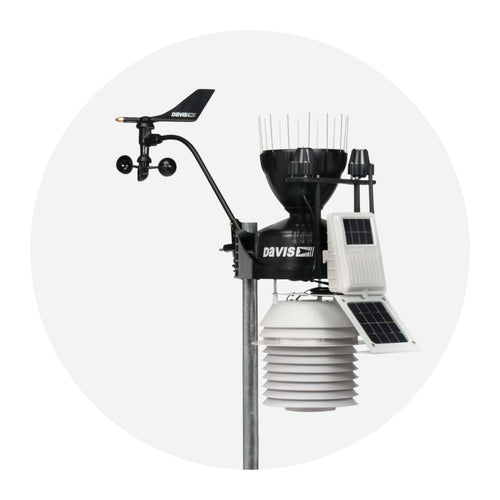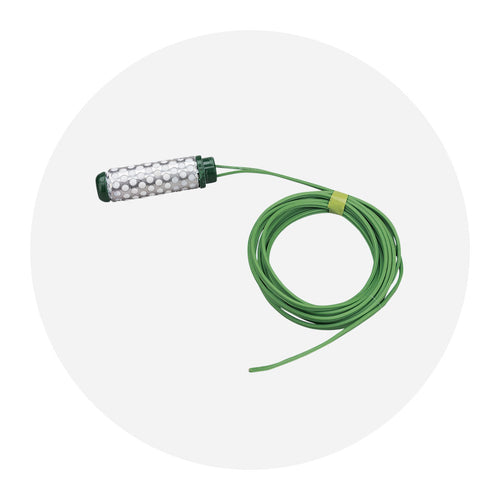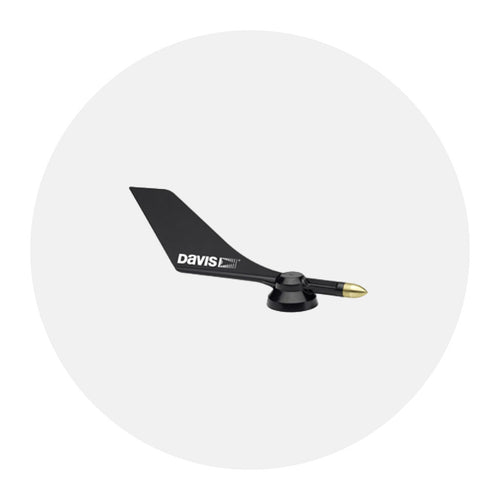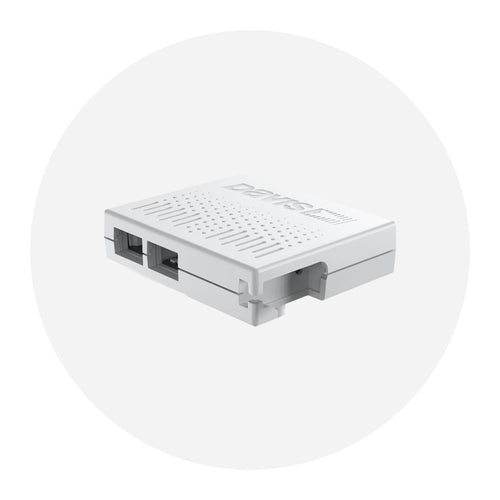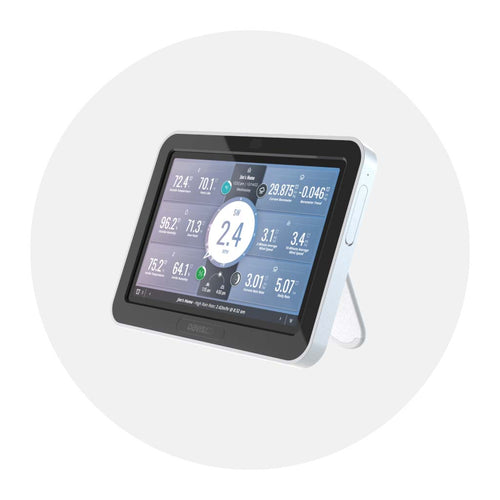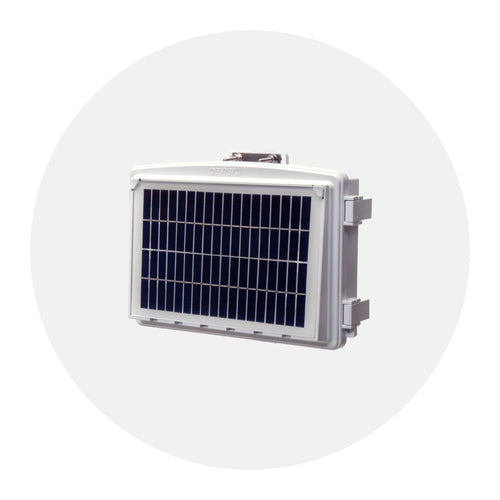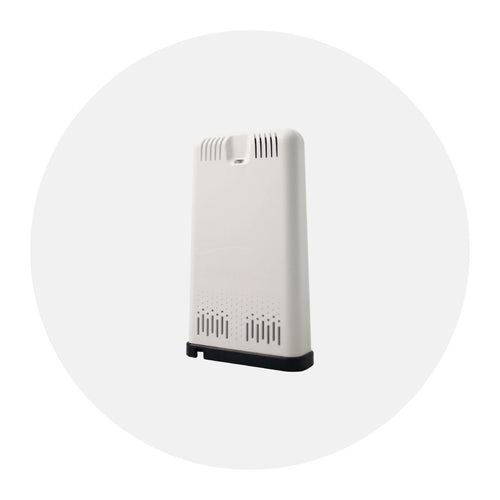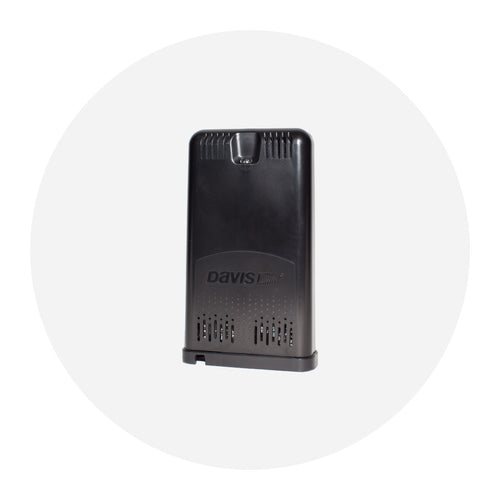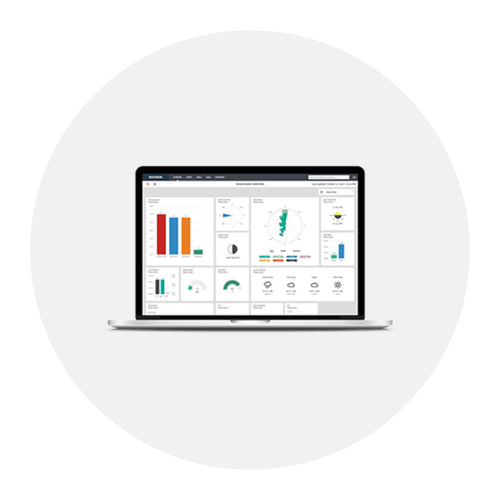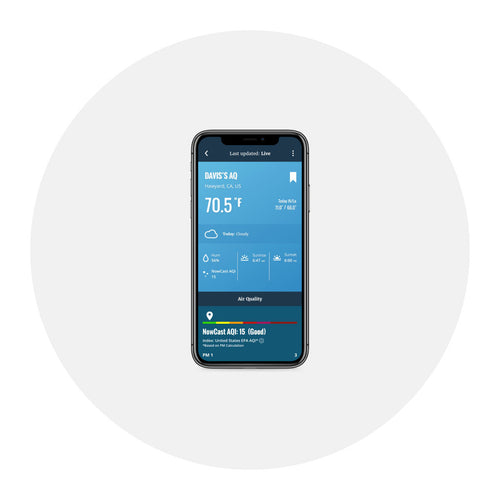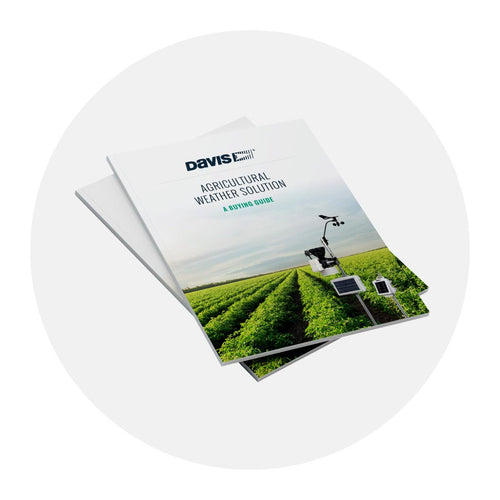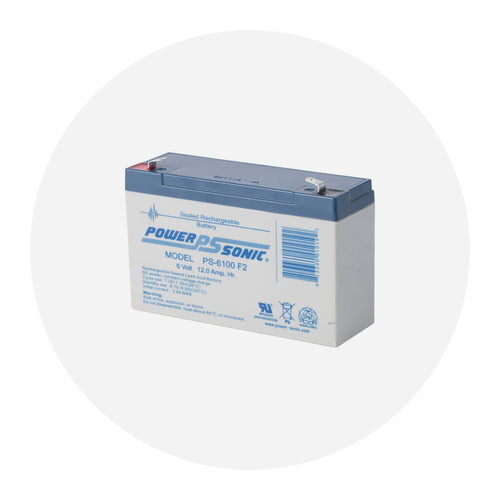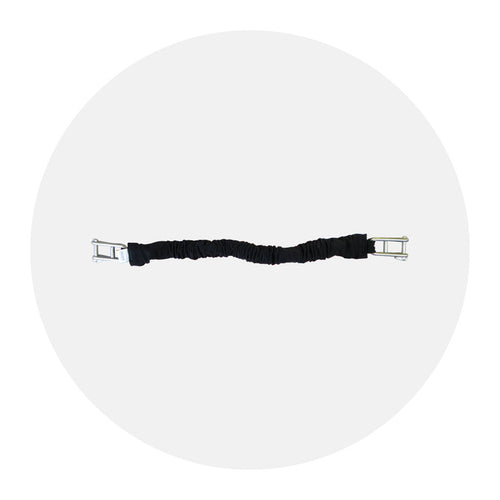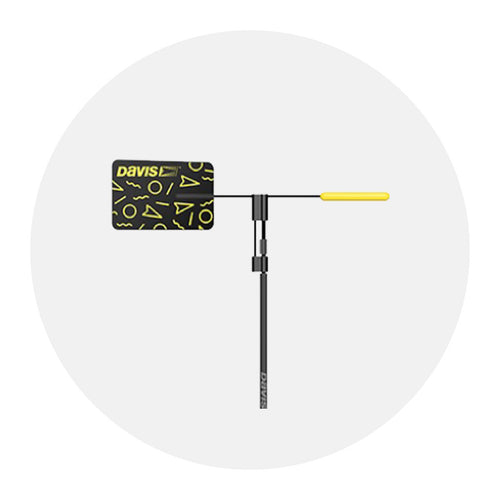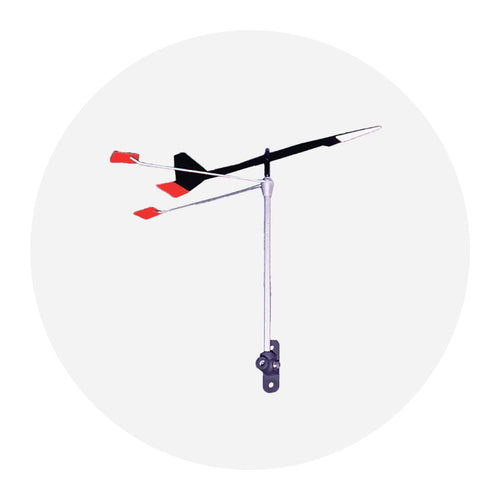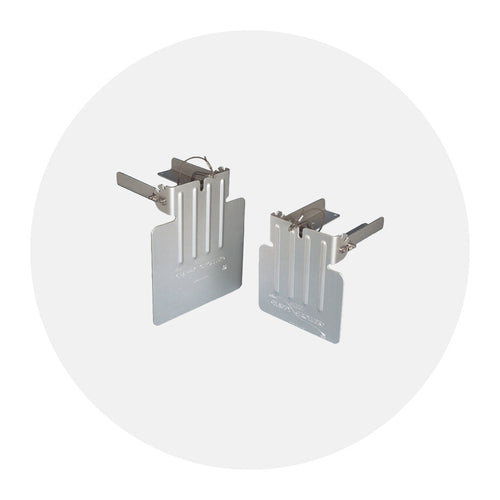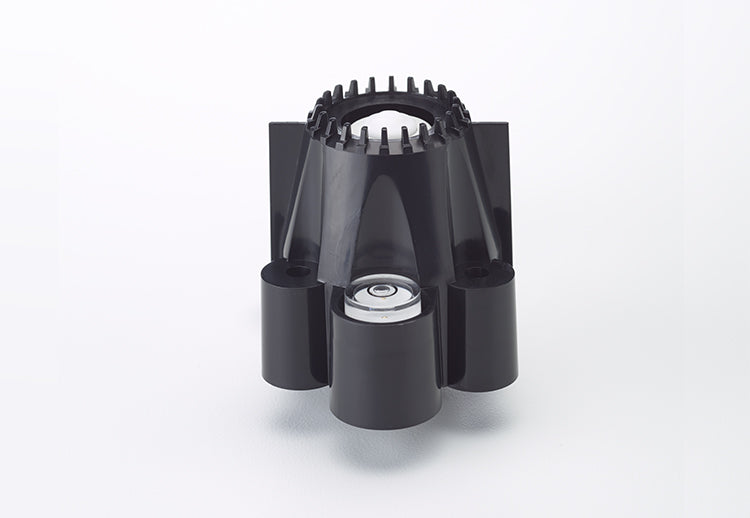
Our Love/Hate Relationship with Sunshine: Why You Need a UV Radiation Sensor
Sunlight seems so simple and pure; just golden warm light poured on us from above. But what the sun pours out is not just a simple light – it’s a riot of electromagnetic radiation, happening across most of the electromagnetic spectrum, and radiant heat. And it is not poured down on us from above, at least not directly. Rather, it pours through a filter: our atmosphere. The radiation that eventually lands on us, 8.5 minutes after leaving the sun, falls within wavelengths in the ranges of 280 to 1,000,000 nm (nanometers). We humans can see light in the range of 400 –700 nm. But we’re also bathed with ultraviolet light (UVA from 315 to 400 nm and UVB from 280 to 315 nm), and infrared light.
Why do we care so much about UV radiation?
UV radiation, especially UVB, has been determined to damage DNA in humans. At the same time, our skin requires it to synthesize Vitamin D. In short, too much sunlight hitting your skin might give you skin cancer, cataracts, and wrinkles; too little might leave you short of Vitamin D, which is important in immunity (something we’re all acutely aware of right now), calcium regulation, and in the prevention of some cancers.
Luckily for us, the most dangerous UV radiation, UVC, is almost all absorbed by ozone in the stratosphere; unluckily for us, ozone depletion has occurred in the past, but recently approximately stabilized.
What’s a person to do?

See your UV Index and get information on now to avoid overexposure on your phone app.
Well, a person can do a lot, especially if that person knows exactly how much UV radiation is hitting their skin. The World Meteorological Organization and the United States EPA have made it easy for you by boiling the sun’s intensity down to a number on the UV Index. If you know the index out there, you no longer need to guess how much longer the kids can frolic in the pool without being redoused with sunscreen or being dragged, kicking and screaming, into the house.
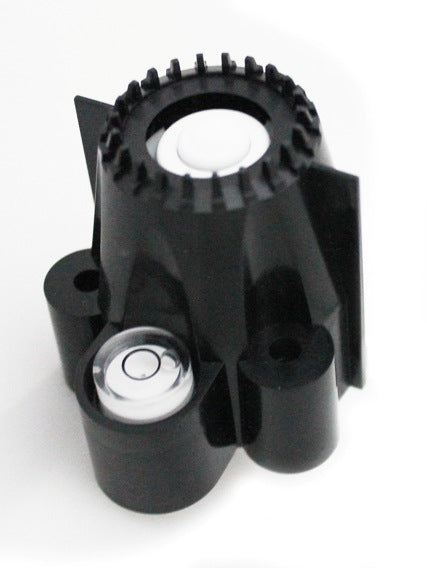
The Davis patented UV sensor design features a comb structure for improved cosine response and accuracy.
How can you know the UV Index exactly where your kids are frolicking in the summer sun? That’s where your own Davis Instruments UV Sensor comes in. You’ll see not just the UV Index, right there on your phone or console, but specific instructions about the steps you can take to avoid overexposure.
If you have a Vantage Pro2 system, a UV Sensor can be added easily. You’ll also want to get a sensor shelf, which will simplify mounting.
If you have a Vantage Vue and WeatherLink Live, you can set up a separate Solar Station, by using a Sensor Transmitter and mounting the sensor on a Universal Mounting Bracket.
While you are at it, why not get a Solar Radiation Sensor as well? Then you’ll have the granddaddy of all heat indexes, the Temp-Hum-Solar-Wind Index. With a Solar Radiation sensor, your weather station will also help you determine how much solar power your solar panels can generate, as well as showing your Evapotranspiration (ET), an important factor in determining how much water to apply to your lawn and garden.
Haven’t bought your Davis weather station yet? You might want to choose a Vantage Pro2 Plus , which comes with UV and Solar sensors already installed.
Here’s to a safe summer, fellow Northern Hemisphereans. It’s time to get our frolic on!
In the face of escalating environmental risks, AEM is the essential source for insights on weather, climate, lightning, floods, wildfires, water management, and more.
Learn more about AEM and all of our solutions here.


